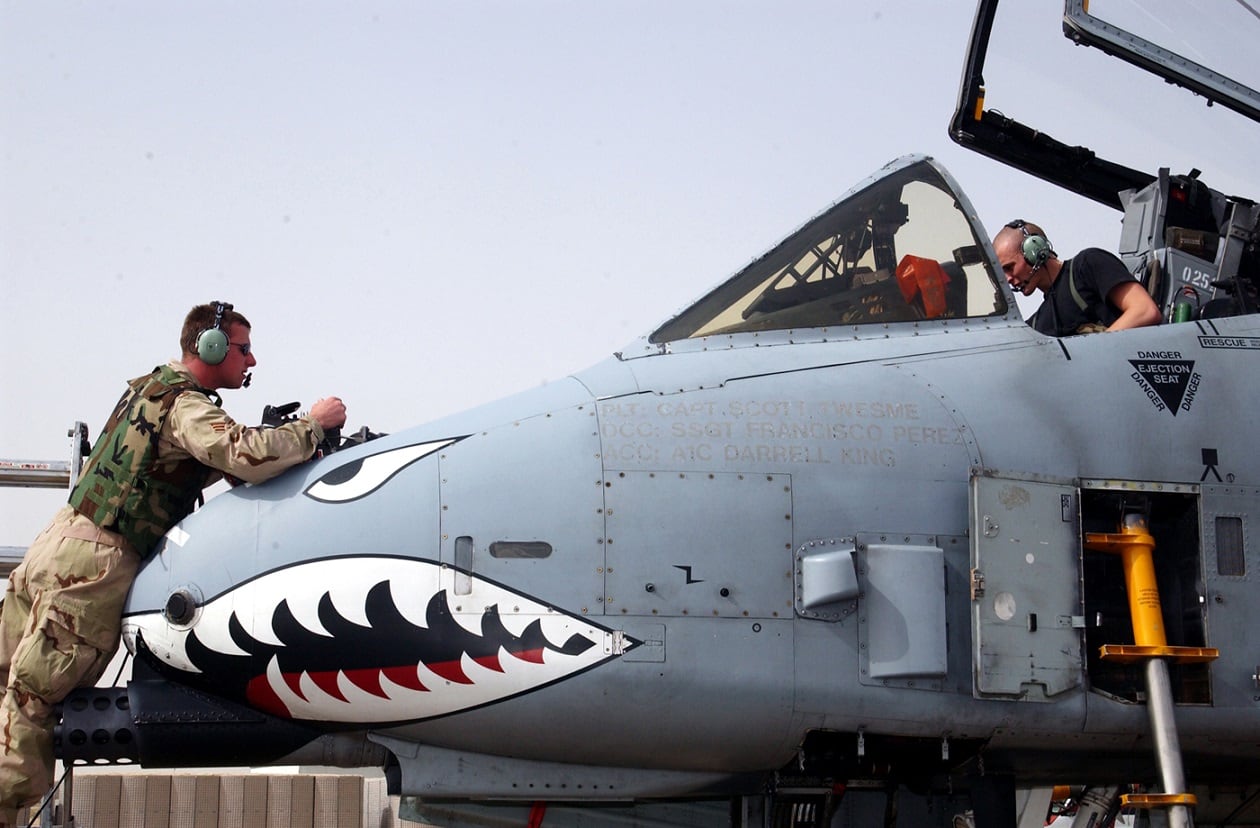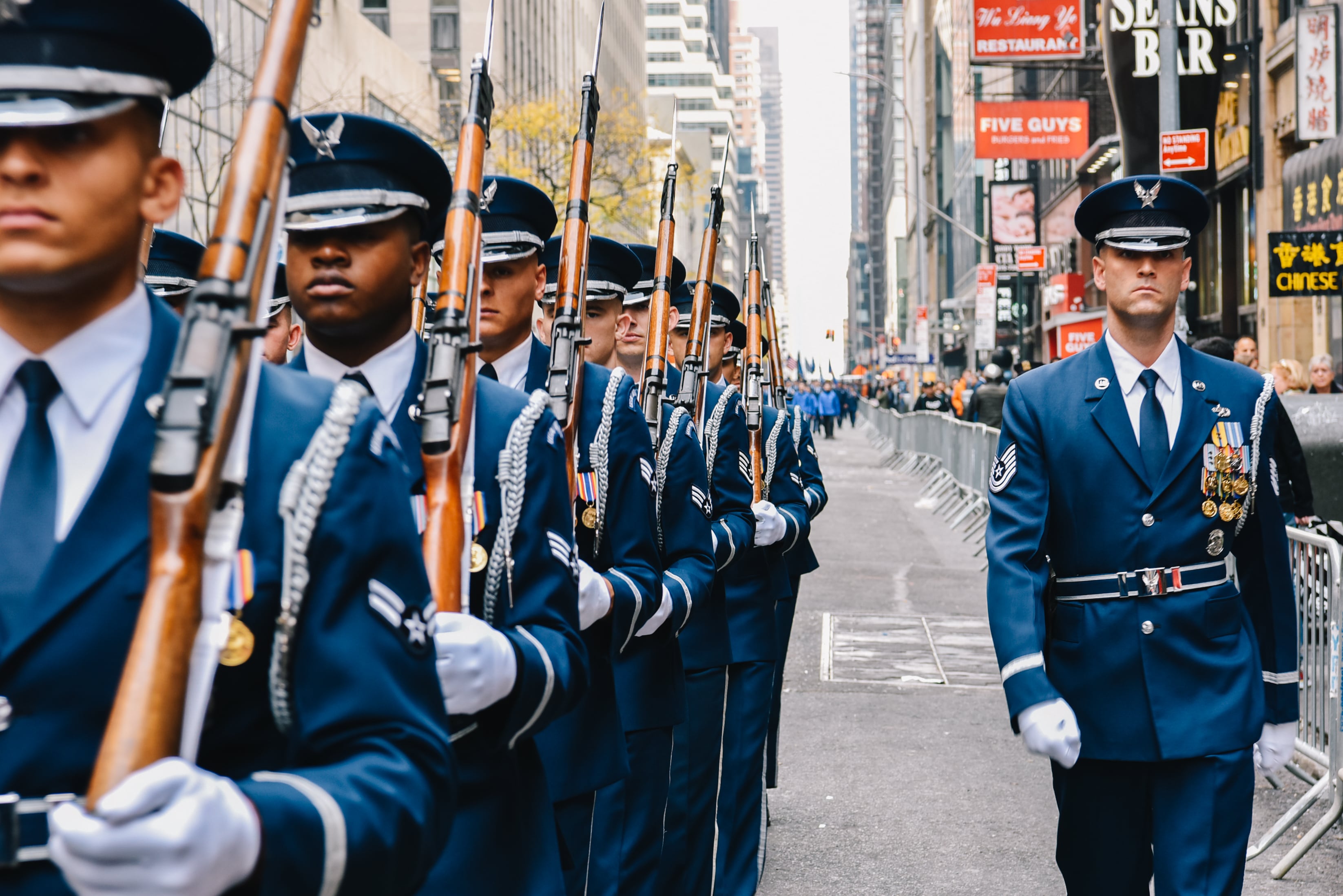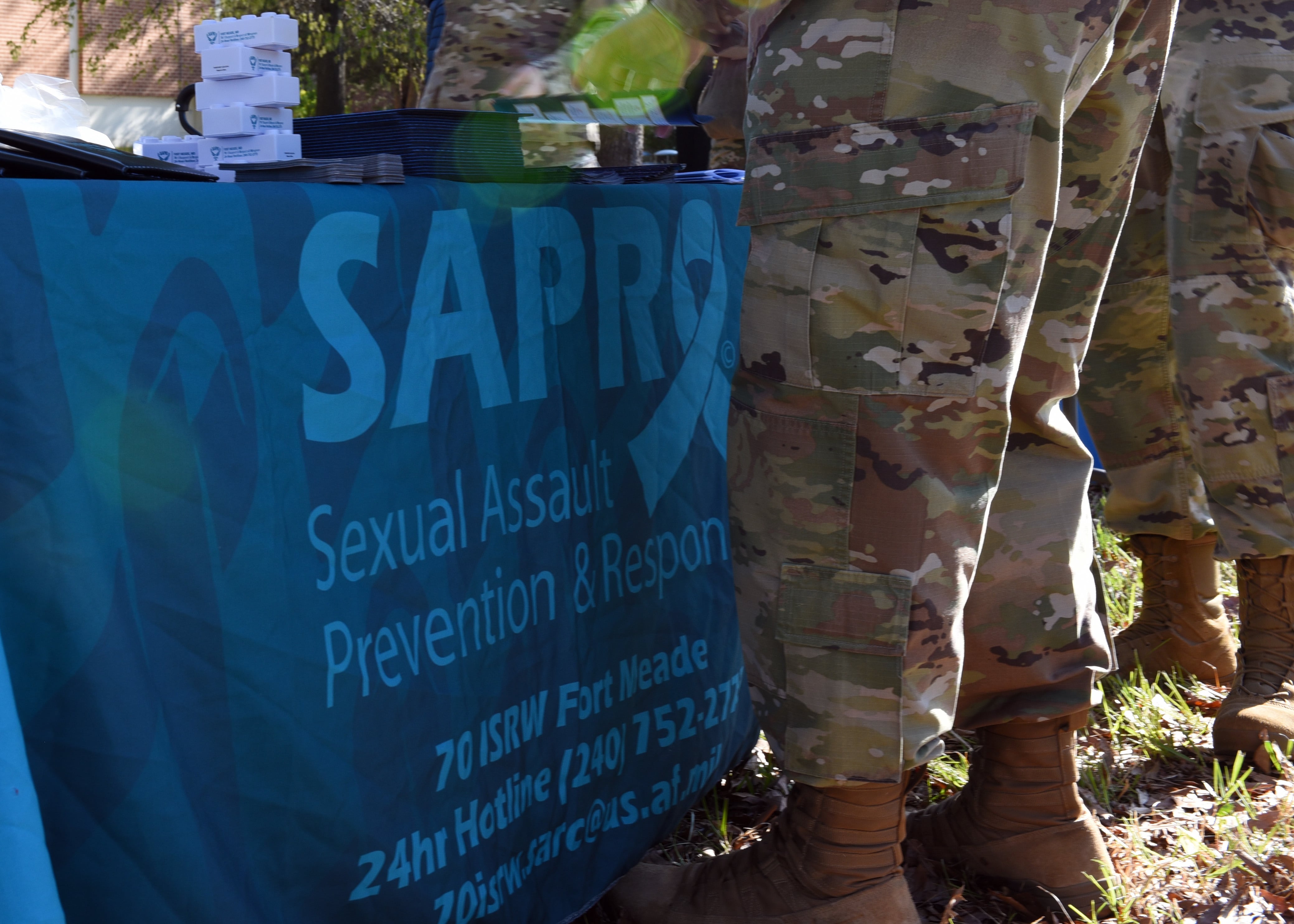The chairman of a House Armed Services subcommittee blasted the Air Force’s deputy chief of staff for operations Tuesday over the service’s inability to get to the bottom of the hypoxia problem plaguing pilots.
“I could not be more disappointed by your presentation,” Rep. Michael Turner, R-Ohio, chairman of the subcommittee on tactical air and land forces, said after Lt. Gen. Mark Nowland finished his opening statement. “There is something wrong with the systems that these pilots are relying on for their lives.”
Turner was irked by Nowland’s suggestion in his opening statement that training will be critical as the Air Force tries to solve the hypoxia problem.
“Should we start doing hearing training where we ask you to come before us and then let’s have you hold your breath for a minute in the first hearing, and then in the second hearing we’ll have you hold your breath for two minutes?” Turner said. “It makes no sense.”
Nowland stressed that he was not blaming pilots when he referred to training.
He said that the Air Force believes it is finding that maintenance problems may be at the root of hypoxia problems with the T-6 Texan II, which has been grounded since Feb. 1 after pilots had 13 hypoxia-like incidents in a single week.

The Air Force hasn’t set proper procedures for maintaining the T-6’s onboard oxygen generation system, or OBOGS, and hasn’t trained its maintainers properly on how to maintain it, Nowland said. He said the Air Force thinks there is a fix for the OBOGS, but has not yet confirmed it.
T-6s have flown 2.1 million hours, with 1.95 physiological incidents for every 100,000 hours flown. Hypoxia or hypoxia-like incidents have mushroomed in the T-6 this fiscal year, with 22 being recorded so far in fiscal 2018. The T-6 typically has between two and five incidents each year.
Nowland also said F-22 aircrews, who also have reported hypoxia-like incidents, weren’t trained properly on how to wear their life support equipment.
The Air Force loses 700 training flights a day while the T-6 is grounded, Nowland said, which will hurt the service’s pilot training.
It couldn’t come at a worse time for the Air Force, which is trying to fix a serious pilot shortfall.
RELATED

Maj. Gen. Patrick Doherty, the commander of the 19th Air Force who ordered the T-6 groundings, is working on two solutions, Nowland said. The first is to find the problems with the OBOGS and fix them, he said.
But if the problems remain, Nowland said, they could go to an interim solution. This could include taking the oxygen masks off the OBOGS and keeping aircraft between 6,000 and 7,000 feet. Solo flights would be off-limits.
Rep. Trent Kelly, R-Mississippi, noted that he represents Columbus Air Force Base, where T-6 Texan II pilots experienced 10 hypoxia-like incidents in a single week that led the Air Force to ground those trainers Feb. 1. There were three other hypoxia incidents at Vance Air Force Base in Oklahoma and Sheppard Air Force Base in Texas.
“There’s multiple issues, and we haven’t figured it out at any level, and we’ve got to figure it out what’s causing this — whether it’s maintenance, whether it’s lack of training, whether it’s improper use of equipment, whether it’s the equipment itself,” Kelly said. “It’s critical that we get it right.”
Stephen Losey is the air warfare reporter for Defense News. He previously covered leadership and personnel issues at Air Force Times, and the Pentagon, special operations and air warfare at Military.com. He has traveled to the Middle East to cover U.S. Air Force operations.





